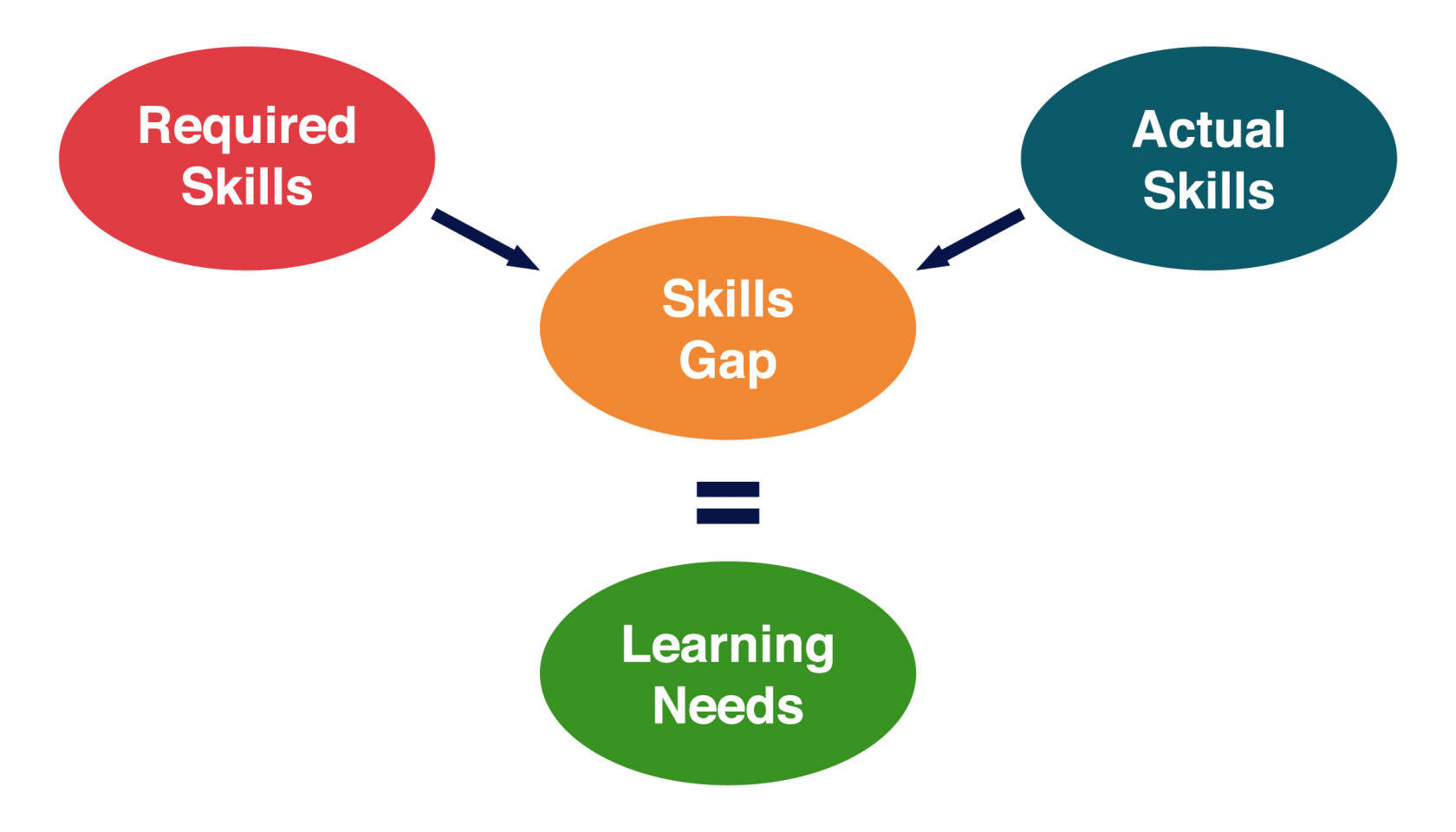Best Practice: How to assess the learning needs of teachers
To be cost-effective CPD should be based on identified needs of teachers and school leaders to improve and develop their competencies. These needs must therefore be assessed systematically through a Learning Needs Assessment (LNA) before CPD is planned, prepared and delivered.
An LNA of teachers and school leaders may include:
- Observations of performance at school and in the classroom
- The annual performance appraisal including the Personal Professional Development Plan
- Assessment of competency implications of planned career advancement to higher positions requiring additional competencies
- School Improvement Plans, school supervision, quality assurance, etc. which identify collective learning needs among a school’s teachers and leaders
- Changes in curriculum, introduction of new technology, restructuring, etc.
A major survey of needs for improving competencies and of learning needs may be conducted with appropriate intervals, such as every five years. Such a survey may contribute in the macro planning of teacher education in terms of national policy, planning and budgeting; increases in number and size of institutions and colleges, admission criteria, national curriculum, learning technologies, and upgrading of facilities, equipment, and materials for teachers.
At the district, cluster or school level, a school leader, TSC-DO staff, and other bodies involved in CPD should be able to conduct simple LNA, which may then be processed locally or feed into larger programmes.
LNA, even in its simplest form, must adhere to the highest standards of HR. It should be:
- Professionally carried out
- Objective and based on relevant and measurable criteria
- Evidence-based
- Free from bias
- In support of equal opportunities.
Not all problems and shortcomings can be solved by training. The LNA may identify other solutions such as improvements in management practices, systems changes, introduction of new technology and availability of better tools or guidance.
Even if the solution is learning orientated, there are many ways of learning in addition to attending a training course. These include mentoring, job-based training, and self-directed learning. The latter has become easy through online opportunities for learning. These learning solutions are usually attached with a lower cost and can be equally effective.
Due of the large number of teachers, all teachers may not gain access to a CPD training course. In connection with the needs assessment it is essential to prioritise the most urgent training needs. Some teachers may have excellent teaching knowledge and skills and do not require much training. Since CPD is a criterium for promotion, it is essential to ensure that such teachers have equal opportunities for promotion even without CPD credit points. Excellent teaching skills can be captured in the annual performance appraisal.
In its simplest form an LNA exercise identifies any gaps in competencies.
Example: A teacher who teaches math without having a good professional grasp of the subject.
In the case of simple skill deficiencies a school leader or the teacher him/herself may search for a suitable training programme offered by a training provider. Or they may search for teaching programmes offered online.
If the same kind of learning needs are common to several teachers within a cluster of schools or in a district, a training course may be arranged at a school or a TTC or at another suitable venue. In such cases the TSC-DO and the district education authorities should be consulted for approval based on available information on the candidates, following which the training should be registered appropriately.
LNA is just as much about a positive development to nurture careers and meet the demands of the future. The gap in this case would be forward looking, for instance what kind of competencies is required for a proficient teacher to become a highly accomplished teacher or a school leader. For example, a teacher who shows an aptitude for leadership in a school whose Head Teacher is due to retire in one year.
The most convenient way of assessing the learning and development needs of teachers is in connection with the annual performance appraisal and the associated completion of the Personal Professional Development Plan.
If the assessment of a teacher for a specific responsibility, task or competency points to inadequate performance, it could mean there is a learning need. However, it could also point to a deficiency in management, systems, tools or conditions under which teaching tasks are carried out.
The identified learning needs must be prioritised and the most critical added to the teachers’ Personal Development Plan subject to identification of realistic CPD/training opportunities.

